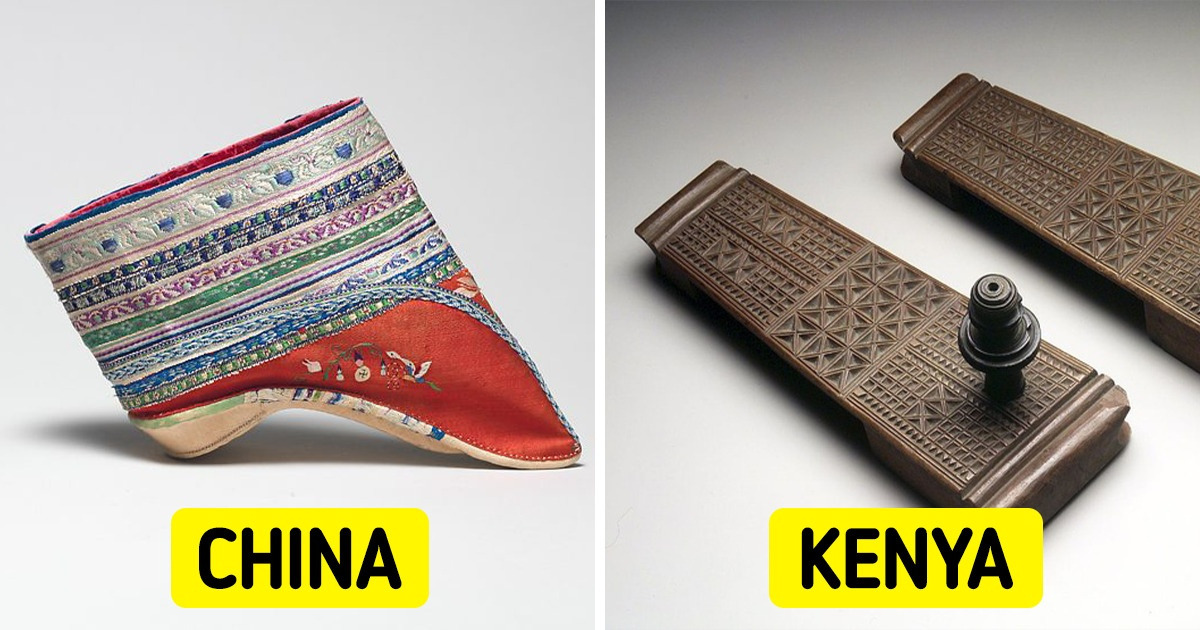11 People Share Stories with Plot Twists Even Hollywood Can’t Top

Stories
2 months ago

If you choose comfort over anything else when getting new shoes, then some of the photos you will see below will perplex you. It is hard to imagine how to wear these strange shoes made of wood or metal, with incomprehensible details, bells, and huge platforms.
What’s your favorite pair of shoes? We’d love to see it!











